In the video below, geologist, Les Tyrala, reveals the unique geologic history of Great Blue Hill.
Sign-up for invites to Blue Hills A-Live, your guide to the Blue Hills on Facebook Live, every Thursday at noon, beginning January 2017.
by Friends of the Blue Hills - Admin | Sep 19, 2017 | Blog, FaceBook Live | 6 comments
In the video below, geologist, Les Tyrala, reveals the unique geologic history of Great Blue Hill.
Sign-up for invites to Blue Hills A-Live, your guide to the Blue Hills on Facebook Live, every Thursday at noon, beginning January 2017.
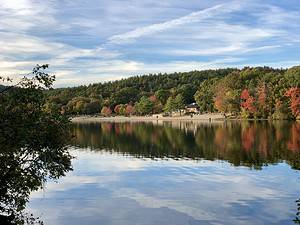


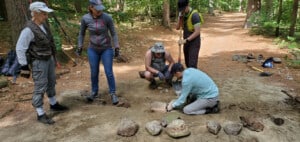

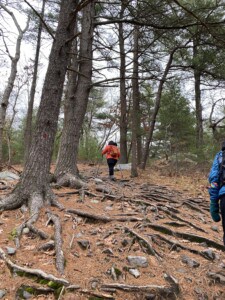

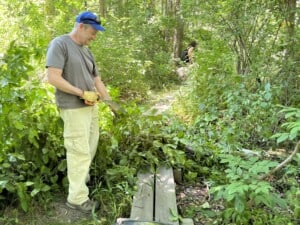
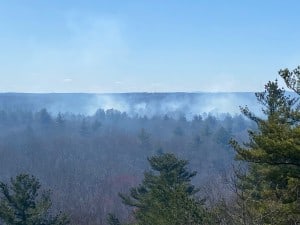

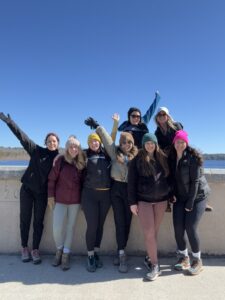


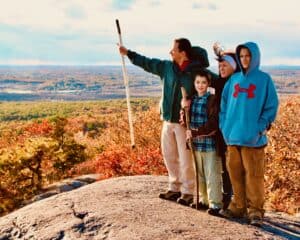

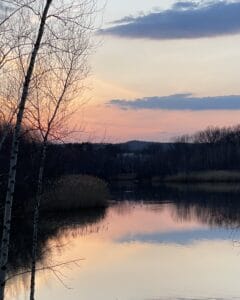

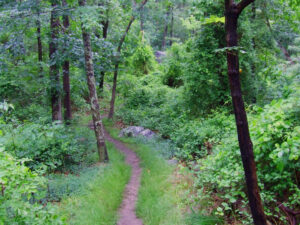


I grew up in Milton near the eastern edge of the Blue Hills. These hills were important in my growing up. I frequently, almost monthly, hiked from Big Blue to The Crags and bush wacked home. I worked at the Trailside Museum from it’s opening during my high school years. It was in the Blue Hills I leaned to love hiking and mountain climbing.
Such a wonderful story. Thanks for sharing!
Wow lots of knowledge by the man. Thanks for having him.
Thanks for watching!
It is my understanding the Blue Hill dome is a magma chamber plume exposed by erosion. The volcanic throat and eruption layer above the chamber long eroded, exposing the erosion resistant chamber as a prominent igneous rock outcrop, rounded by glacier and eons of weathering. Is this a correct assessment?
Gene,
Thanks so much for your question. Here is the response from Les:
Great Blue Hill consists entirely of an extrusive igneous rock referred to as quartz porphyry (rhyolite). As is typical for volcanic eruptions anywhere, these rhyolitic lava flows were fed from a deep-seated magma chamber. With geologic time erosion removed much of these lava flows plus parts of the older host rock here (the Mattapan volcanics). The actual magma chamber, consisting of coarse-grained dark green to gray granite, is now very well exposed via deep quarrying of this stone from about 1825 until the early 1960s. The DCR owns this complex of mostly filled-in quarries just off of Ricciuti Drive in west Quincy. Due to the fact that the erosion is so extensive within the whole reservation, it’s impossible to determine where the actual volcanic vents were located. My guess is that the vents were somewhere east of Great Blue Hill toward the Quincy Quarries site.